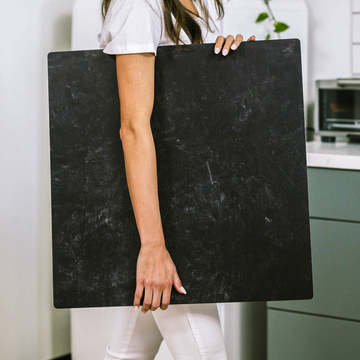Flat lay photography dominates our visual world-from Instagram feeds to e-commerce sites. But here's what most photographers miss: your backdrop isn't just a passive surface. It's an active collaborator that shapes light, depth, and even buyer psychology.
Why Your Backdrop's Finish Changes Everything
Not all surfaces play nice with light. The difference between a flat, lifeless shot and a dynamic one comes down to two key properties:
- Matte surfaces scatter light evenly, perfect for soft product shots
- Glossy surfaces create dramatic highlights, ideal for jewelry or liquids
Here's a pro trick: shine your phone flashlight at 45°. If the light spreads softly, you've got a matte surface. If you see sharp reflections, it's glossy.
The Uncanny Valley Problem
Ever seen a product shot where the backdrop just feels... off? That's what happens when surfaces lack subsurface scattering-the way light penetrates real materials like wood or stone.
- Rub your hand across the surface-does it feel flat or textured?
- Shoot at a shallow angle-does light catch naturally?
Psychology Tricks Hidden in Your Backdrop
Color theory gets all the attention, but spatial perception is the real game-changer:
- Warm tones (wood, terracotta) make products feel accessible
- Cool tones (slate, gray) create premium distance
Fixing the Edge Shadow Problem
Those harsh lines where your backdrop ends? Here's how the pros solve it:
- Use beveled-edge backdrops for gradual transitions
- Try curved boards to mimic studio infinity coves
- In post, use gradient masks to soften edges
Remember: your backdrop is half your photo. Master its secrets, and your flat lays will outshine the competition every time.
What's your biggest flat lay challenge? Drop your questions below-I'll help troubleshoot!



